The Art of Safari: Tips for Shooting African Wildlife
![]()
Safari, conjures up beautiful imagery, The wilds of Africa. Endless grasslands which are teeming with wildlife, antelope, zebras, giraffe, buffalo, rhino and herds of elephant all share this beautiful world. But they are being watched and observed by fierce African predators, lions, cheetah, leopards, wild dogs and hyenas lie in wait to ambush these creatures, this game of life and death plays out every day and every night.
Sunrise can not come quick enough for these creatures, the mist and cold air of the dawn and tip of the sun rising in the east is met with a sense of joy and relief. The antelope run and jump for joy as they have survived to live another day in the harsh and terrible beauty that is called Africa.
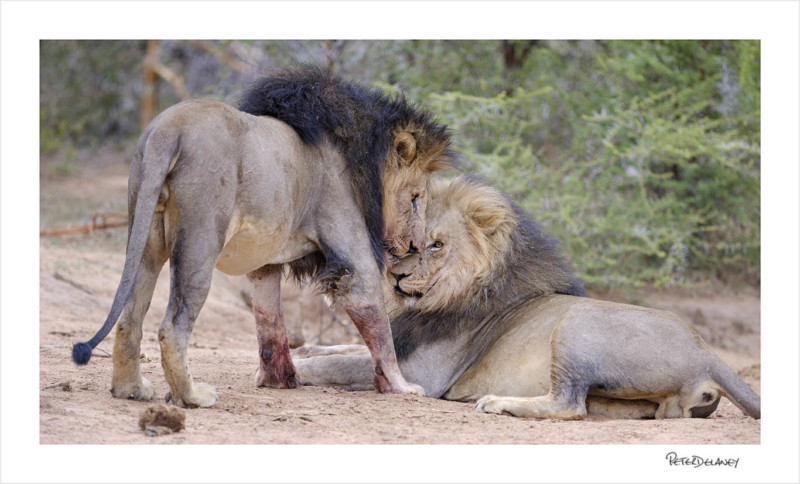
The thrill of photographing this action or capturing tender moments between animals as they meet and greet each other are the moments that wildlife photographers live for. It is imperative that we photographers who may only have a fraction of a second to capture these unique moments do so with both accuracy and confidence.
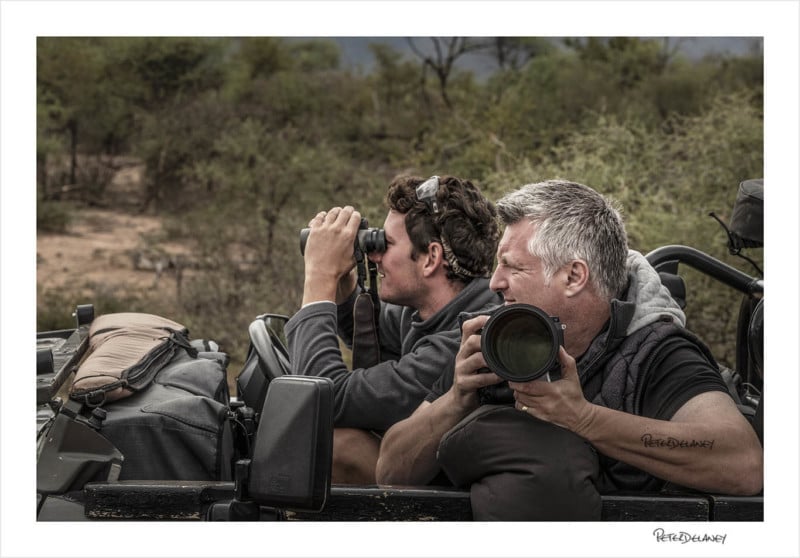
Being able to photograph African wildlife is a childhood dream come true. I had a steep learning curve in becoming a wildlife photographer, and I would like to share a few tips and tricks that I have learned along the way.
I first would like to discuss the gear and technicals required for a successful safari. Then I will share my knowledge of how to capture memorable photographs.
Gear is always an emotive topic, I have used 35mm film cameras, DSLRs and now Fujifilm’s mirrorless equipment. As the cliche suggests, a camera is just a tool, and it is the photographer that creates the image. Yes, it is true to a certain degree but having the right tool for the job at hand makes it easier.
I chose Fujifilm for size and the EVF; I knew from the start the AF system was a work in progress. I am glad to say that five years on, the autofocus is not an issue anymore.
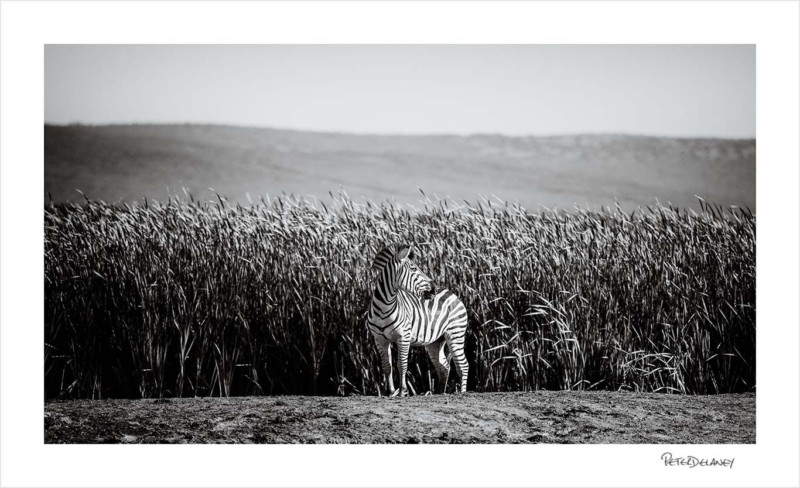
Camera choice may be subjective, but your lens choice will be crucial for a successful safari. Lens choice does depend on one thing: self-drive safari vs organized safari.
Self-drive safari means driving yourself around a game reserve; the majority of these game reserves have strict rules about driving, no off-roading allowed, which in turn means subjects are further away, requiring a long telephoto such as 600mm (in 35mm terms).
If you are on an organized safari where you gave a guide and 4×4 vehicle generally some form of off-road driving is allowed, you will be able to get closer to your subjects; you will only need a medium telephoto or a 70-200mm zoom.
Having chosen the right equipment for your safari, the next important and probably the most crucial is setting up the camera’s menu. I will share my setup with Fujifilm’s X-H1 as Fujifilm’s menu and features are basically the same on all the cameras.
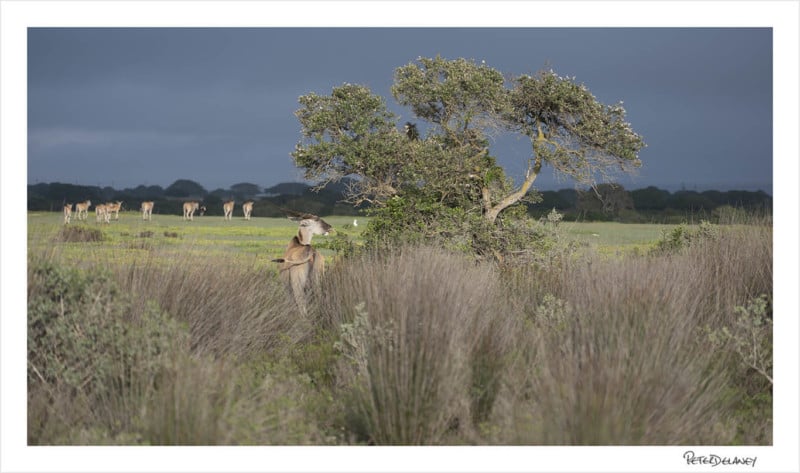
Shoot RAW. If your editing skills are not up to scratch or you are still learning, shoot RAW plus JPEG and ensure the JPEG color space is set to Adobe 1998.
The dynamic range I leave on “Auto.” All the other features in the image quality setting I leave alone. If you want to change the settings — for sharpness, highlights, etc. — for how your JPEGs will look, that is up to you, but as I shoot RAW, these settings are irrelevant. For wildlife I like using the Provia Film Simulation for the color that appears in the EVF.
I have my camera ISO set on Auto, from 200 to 6400. The shutter speed to freeze action should be a minimum of a 1/1000 — if the light allows you to set it higher, do so.
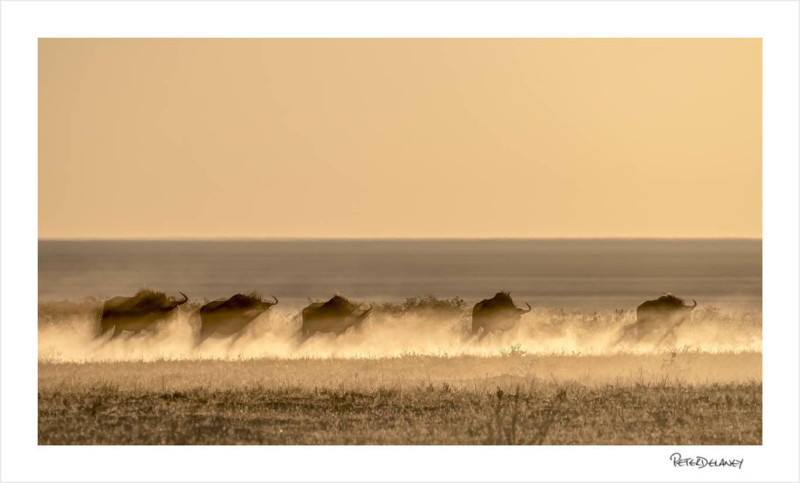
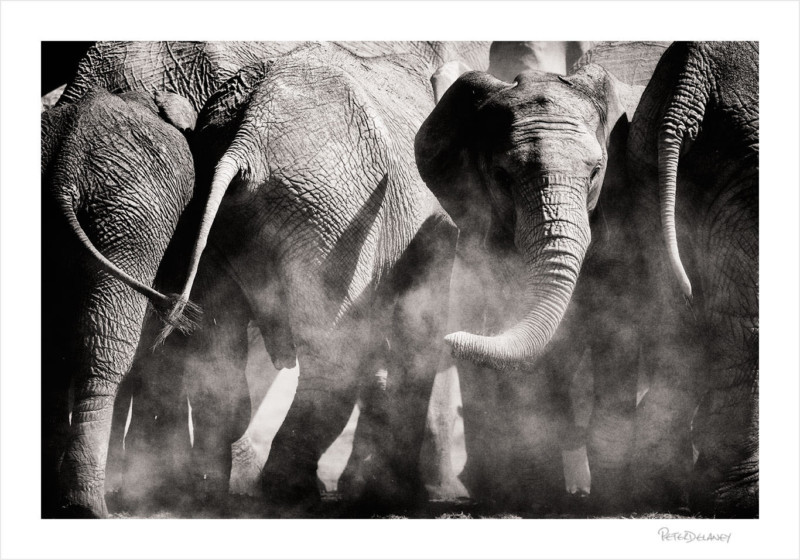
I use back focus, make sure the AF-On button is set to “AF”. I am a fan of the back focus button as it allows me to create compositions without losing focus on the subject. How I wish Fujifilm would make this button bigger!
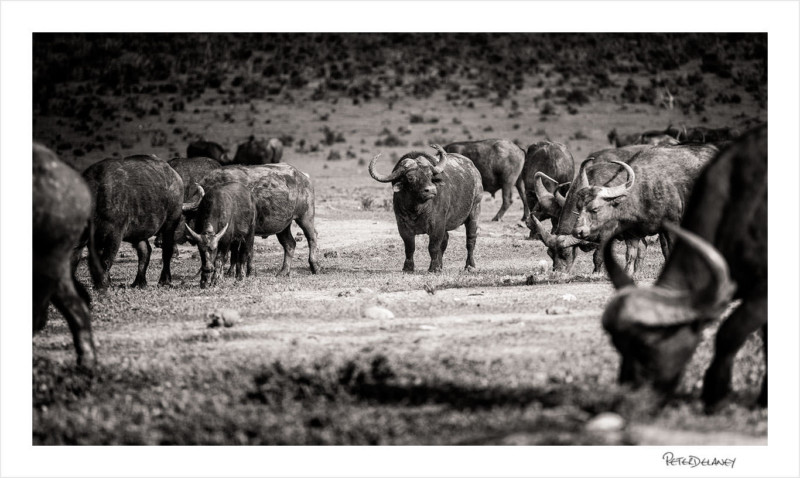
Metering mode I leave on “Multi” mode metering the majority of the time; however, in some tricky lighting situations, I may use spot metering to get a more accurate exposure. If you are photographing action/wildlife, remember to switch camera focusing to “C” continuous to keep track of focus of moving subjects.
I think I have covered everything of importance. There may be another setting you use and you may not agree with my way of shooting, and that is fine, whatever works for you — it is the results that matter.
Lastly, I want to discuss some valuable tips and tricks to help you get the best photographs while on safari.
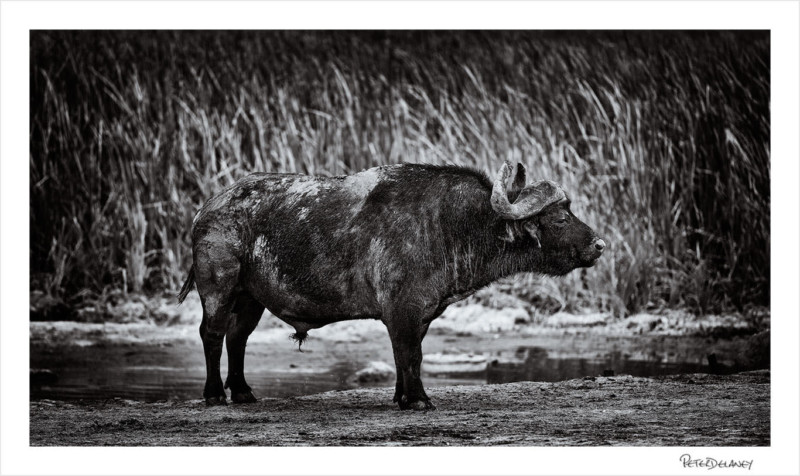
Be ready! Have your camera switched “on” with correct settings. The last thing you want to happen is to have the camera switched off and with wrong settings when the action kicks off.
Charge your batteries, carry spare batteries. Nothing worse while in the field photographing and you run out of battery power.
Make sure you format your memory card to your camera body. Always carry spare memory cards.
Always use lens hoods, avoid unnecessary lens flare and dust. Carry at least two lenses, one telephoto, and one wide angle. Know how to switch on the lens stabilization mode,
Know your f-stops from your bus stops.
Use a stable platform whenever possible; avoid hand holding unless you have no choice.
![]()
Blur busy backgrounds by shooting wide open this will focus the viewer’s eye on the subject and not distracting background.
Always try and focus on the eye of the subject to make an engaging portrait. Use your wide angle lens to show “the animal within its environment.” Sounds easy, but it can be challenging to create an exciting photo showing the subject and its environs.
Learn all the rules of composition, not just the rule of thirds. There are many guides, rules, and aids to help you make an engaging composition. Once you have mastered them, then your photography will reach the next level.
Shoot low, shoot high, cover all focal lengths and angles. The biggest mistake by photographers is photographing from the same position all the time, go low or high and see how your angle and perspective changes, makes for rewarding images.
Be different, don’t always be shooting tight portraits and the same old unimaginative images. It is not easy to be different and come up with a unique photograph. Most of your attempts will fail, but when you get it right, your photo will have the “wow” factor.
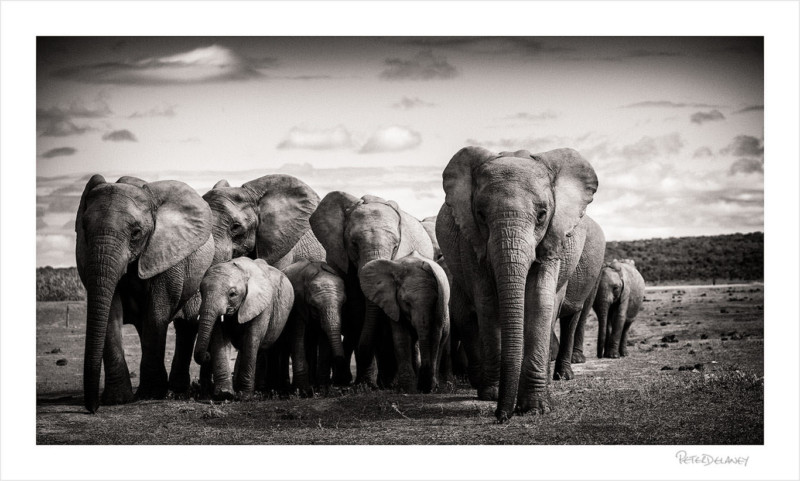
The more you know about your subject, their behavior, their habits, their and actions, this will help you to get into the right position to capture a great photograph.
Patience is critical for successful wildlife photography, be calm, but always be ready.
If you are on a self- drive safari When you park your car, keep in mind a few things, the direction of light, the direction of animals approaching and leaving, space for you to turn your vehicle around if something unexpected happens.
Goes without saying, turn your engine off or photos will suffer from camera shake. Keep windows open, listen for sounds of the bush. Alarm calls especially.
Don’t be that photographer that makes the zebra or giraffe run or have someone chase them for you.
Do not shout or make noises to get a reaction from your subject. Do not change the behavior of the animals to get a photograph. Do not endanger yourself or the subject.
Some times as photographers we are guilty of hiding behind our camera too much, not wanting to miss any photo opportunity.
We forget to a look around and us and soak in the smells and atmosphere, Mow and again, put the camera down, sit back and relax and enjoy the incredible wilderness surrounding you. But have the camera switched on just in case.
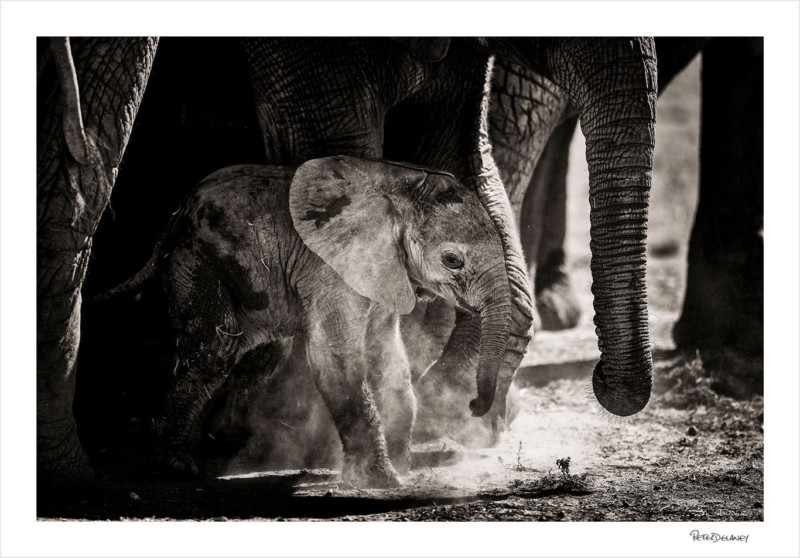
About the author: Peter Delaney is an award-winning wildlife, architecture, and landscape photographer based in George, South Africa. The opinions expressed in this article are solely those of the author. You can find more of his work on his website, fine art site, Facebook, Twitter, 500px, and Instagram. This article was also published here.